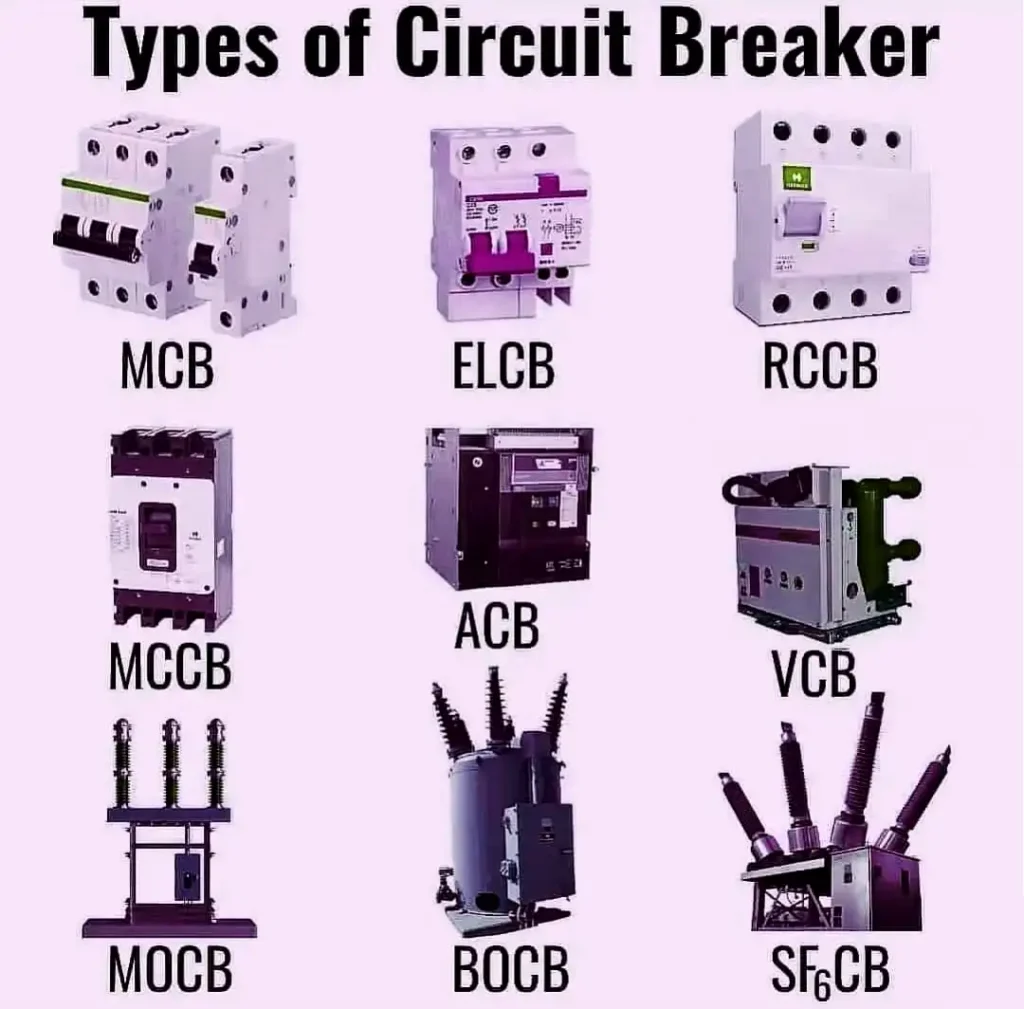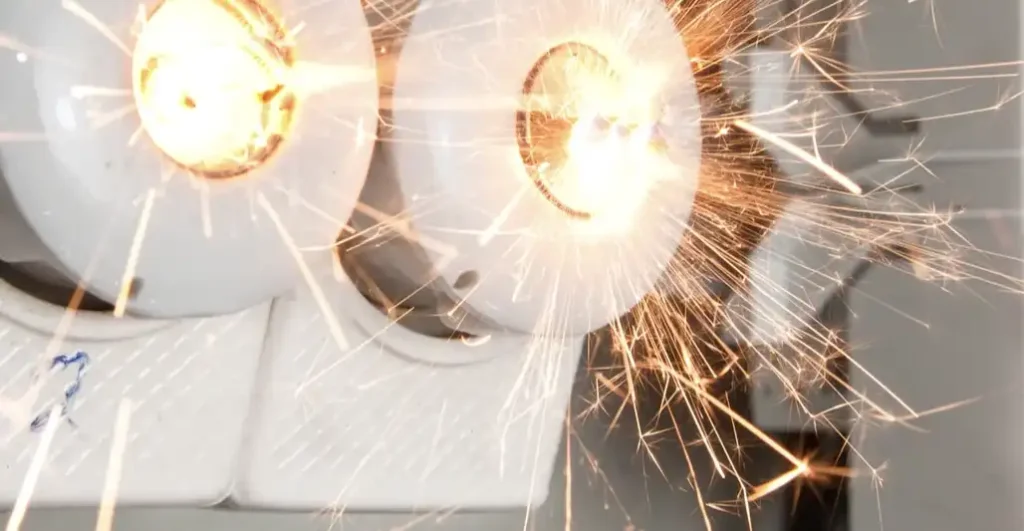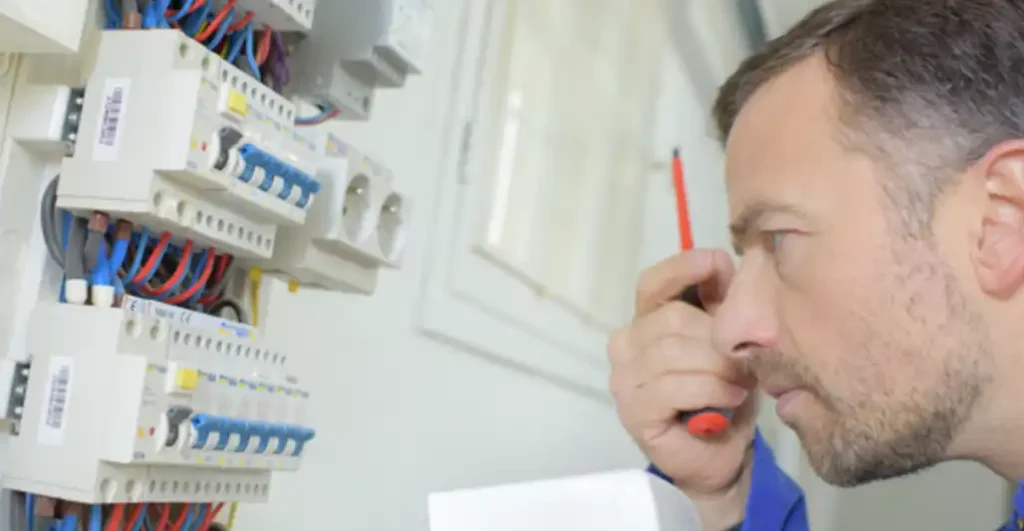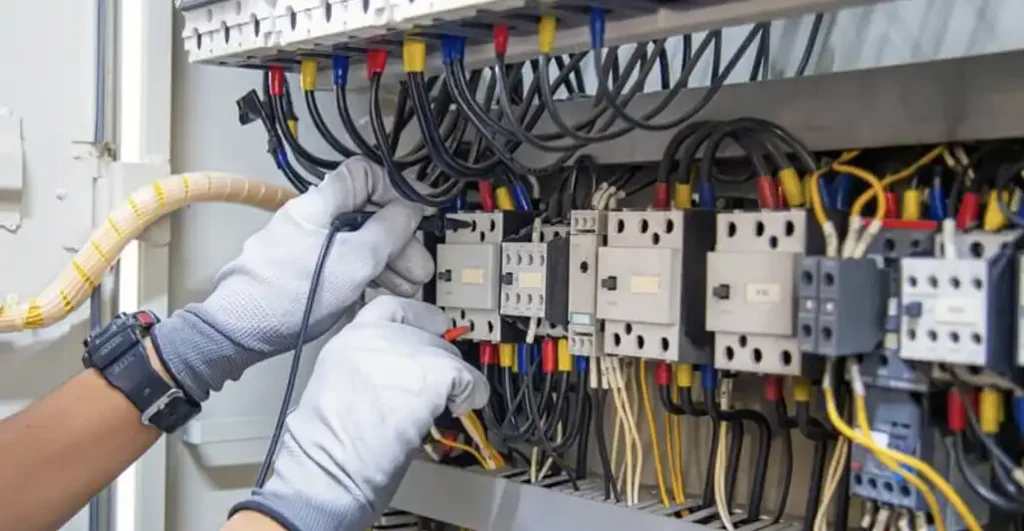Ever heard a strange buzzing noise coming from your circuit breaker? It’s not just an annoying sound; it could be a sign of a potentially serious issue.
A circuit breaker buzzing indicates that something isn’t quite right with your electrical system. Addressing this problem promptly is crucial to avoid any potential hazards or damages.
What is a Circuit Breaker?
A circuit breaker is a crucial component of your home’s electrical system. It’s designed to protect your electrical circuits from damage caused by overloads or short circuits. Think of it as the gatekeeper of your electricity flow, shutting off power when things get too intense.
How Does a Circuit Breaker Work?
A circuit breaker works as a safeguard in your electrical system, preventing damage and potential hazards caused by overloading or short circuits. Here’s a step-by-step explanation of how it functions:
- Monitoring Electrical Flow: The circuit breaker continuously monitors the amount of electrical current flowing through the circuit. It’s designed to handle a specific maximum current.
- Detecting Overload or Fault: If the current exceeds the safe limit (due to an overload, short circuit, or fault), the breaker detects this anomaly. An overload might occur when too many devices are plugged into the same circuit, while a short circuit can happen if a hot wire touches a neutral or ground wire.
- Tripping Mechanism: Upon detecting excessive current, the circuit breaker’s internal mechanism activates. This mechanism can be thermal (using a bimetallic strip that bends with heat) or magnetic (using an electromagnet that responds to high current levels).
- Interrupting the Circuit: The activation of the tripping mechanism causes the breaker to “trip,” or switch to an off position, thereby cutting off the electrical flow in the circuit. This interruption prevents overheating and potential fire hazards.
- Manual Reset: After tripping, the circuit breaker can be manually reset once the issue is resolved. This involves switching the breaker back to the “on” position. However, before resetting, it’s important to identify and fix the underlying problem to avoid repeated tripping.
By interrupting the circuit during unsafe conditions, a circuit breaker protects your electrical system, appliances, and home from damage and potential fire hazards.
Common Types of Circuit Breakers

Here are some common types of circuit breakers:
- Single-Pole Breakers: Provide 120 volts for standard household circuits, tripping during overloads or short circuits.
- Double-Pole Breakers: Provide 240 volts for high-demand appliances like dryers, also tripping during overloads or short circuits.
- GFCI Breakers: Protect against ground faults, tripping when detecting an imbalance between hot and neutral wires to prevent electric shock.
- AFCI Breakers: Protect against arc faults, which can cause electrical fires, by detecting and tripping on dangerous arcing.
- Dual Function Breakers: Combine GFCI and AFCI protection, safeguarding against both ground and arc faults.
- High-Voltage Breakers: Used in industrial and commercial settings to protect high-voltage circuits, handling larger electrical loads.
Why is My Circuit Breaker Buzzing

If you’re hearing a buzzing noise coming from your circuit breaker, it’s essential to address it promptly to avoid potential hazards and electrical issues. Here are some common reasons why your circuit breaker might be buzzing:
1. Electrical Overload
When the electrical load on a circuit exceeds its capacity, the circuit breaker can start buzzing. This overload can occur when you plug in too many devices or appliances into the same circuit, causing the breaker to struggle to manage the excessive current flow.
2. Short Circuit
A short circuit happens when a hot wire comes into contact with a neutral wire or a ground wire. This creates a sudden surge in electrical current, leading to buzzing sounds as the circuit breaker tries to interrupt the flow to prevent overheating and potential fires.
3. Loose Connections
Over time, connections within the circuit breaker or the electrical panel can become loose due to thermal expansion and contraction. These loose connections can create intermittent contact, resulting in buzzing noises as electricity arcs across the gaps.
4. Worn-out Breakers
Circuit breakers have a limited lifespan and can wear out over time. If your breaker is old or damaged, its internal components may not function correctly, causing it to buzz as it struggles to trip or interrupt the electrical flow.
5. Vibrations from Electrical Components
Sometimes, the buzzing noise might not be directly from the circuit breaker itself but from other electrical components within the panel. Transformers, contactors, or relays can vibrate and emit a noise that seems to originate from the breaker.
6. Harmonic Distortions
Harmonic distortions in the electrical system, caused by non-linear loads like variable frequency drives or certain types of lighting, can also make circuit breakers buzz. These distortions create electrical noise and vibrations that the breaker picks up, resulting in the buzzing sound.
How to Fix a Buzzing Circuit Breaker

What to do if your circuit breaker is buzzing?
If you hear your circuit breaker buzzing, it’s crucial to take immediate action to address the issue and ensure the safety of your electrical system. Here’s what you should do about how to fix a buzzing circuit breaker in the following:
1. Turn Off Power
The first step is to turn off the power to the affected circuit. This is essential to prevent any potential hazards, such as electrical shocks or fires. Locate the main breaker panel in your home and switch off the breaker corresponding to the buzzing circuit.
2. Inspect for Overloads or Short Circuits
Once the power is off, inspect your electrical system for any signs of overloading or short circuits. Check for:
- Appliances or devices plugged into the circuit that may be drawing excessive power.
- Burn marks, melted insulation, or other indications of a short circuit in the wiring or connections.
Identifying and addressing these issues can help prevent the buzzing from recurring once the power is restored.
3. Tighten Connections
Loose connections within the breaker panel or the electrical system can contribute to buzzing noises. Use a screwdriver to tighten any loose screws or connections in the breaker panel. Ensure that all wires are securely attached to the terminals.
4. Consider Replacement
If your circuit breaker is old, worn out, or damaged, it may be the source of the buzzing. Consider replacing the breaker with a new one to resolve the issue. Make sure to choose a replacement breaker that is compatible with your electrical system and meets the necessary specifications.
5. Consult a Professional
If you’re unsure about how to proceed or if the buzzing persists after taking these steps, it’s best to consult a licensed electrician. Electricians have the expertise and tools to diagnose and address electrical problems safely. They can thoroughly inspect your electrical system, identify the root cause of the buzzing, and recommend appropriate solutions.
How to Troubleshoot a Faulty Circuit Breaker

When dealing with a faulty circuit breaker, it’s essential to troubleshoot the issue systematically to identify the root cause and resolve it effectively. Here’s a step-by-step guide on how to troubleshoot a faulty circuit breaker:
1. Identify the Problem
Start by identifying the symptoms of the faulty circuit breaker. Common signs include:
- Tripping frequently without an apparent reason.
- Not resetting after tripping.
- Buzzing or humming noises.
- Visual signs of damage, such as burn marks or melting.
2. Turn Off Power
Before troubleshooting, ensure your safety by turning off the power to the affected circuit. Locate the main breaker panel in your home and switch off the breaker corresponding to the problematic circuit.
3. Inspect for Overloads or Short Circuits
Check for any signs of overloading or short circuits in your electrical system:
- Unplug any devices or appliances connected to the circuit.
- Look for burn marks, melted insulation, or damaged wires.
- Test for continuity using a multimeter to detect any short circuits.
4. Reset the Circuit Breaker
If the breaker has tripped, reset it by switching it back to the “on” position. However, if it trips immediately after resetting, it indicates a persistent problem that requires further investigation.
5. Test the Breaker
Use a multimeter to test the functionality of the circuit breaker:
- Set the multimeter to the continuity or resistance setting.
- Place one probe on the breaker’s terminal screw and the other on the neutral or ground bus bar.
- If there is continuity, the breaker is functioning correctly. If not, it may be faulty and need replacement.
6. Tighten Connections
Loose connections can cause circuit breakers to malfunction. Use a screwdriver to tighten any loose screws or connections in the breaker panel, including wires and terminals.
7. Replace the Breaker
If the circuit breaker is faulty and cannot be repaired, replace it with a new one:
- Choose a replacement breaker that matches the specifications of the old one.
- Follow the manufacturer’s instructions for installation carefully.
- Ensure all connections are secure before restoring power.
8. Test the Circuit
After replacing the breaker, test the circuit to ensure it’s functioning correctly:
- Turn on the power to the circuit.
- Test the outlets or switches connected to the circuit to verify that they are working as expected.
- Monitor the circuit for any signs of overheating or abnormal behavior.
9. Consult a Professional
If you’re unable to troubleshoot the problem or if the issue persists despite your efforts, it’s best to seek assistance from a licensed electrician. They have the expertise and tools to diagnose and repair complex electrical problems safely.
Conclusion
A buzzing circuit breaker is more than just an annoyance; it can be a sign of underlying electrical issues that need attention. Understanding the causes and taking appropriate action can prevent potential hazards and ensure your home’s electrical system remains safe and functional. Regular maintenance and knowing when to call a professional can save you time, money, and peace of mind.
FAQs
What Should I Do If My Circuit Breaker is Buzzing?
If your circuit breaker is buzzing, start by turning off the power and inspecting the panel for loose connections or visible damage. If the problem persists, call a professional electrician.
Can a Buzzing Breaker Cause a Fire?
Yes, a buzzing breaker can potentially cause a fire if the underlying issue, such as an overload or short circuit, is not addressed promptly.
How Much Does it Cost to Replace a Circuit Breaker?
The cost to replace a circuit breaker can vary, typically ranging from $150 to $250, including parts and labor. Complex issues may cost more.
Is It Normal for a Circuit Breaker to Make Noise?
A circuit breaker should not make noise. Buzzing or humming sounds indicate a problem that needs investigation and resolution.
How Often Should Circuit Breakers be Inspected?
Circuit breakers should be inspected at least once a year as part of regular home maintenance to ensure they are functioning correctly and safely.